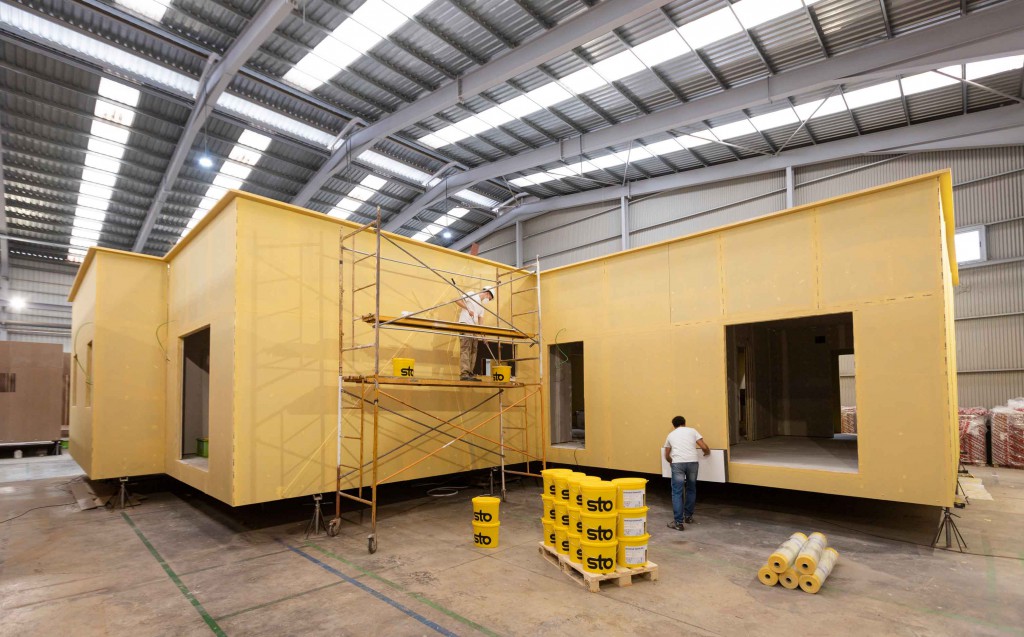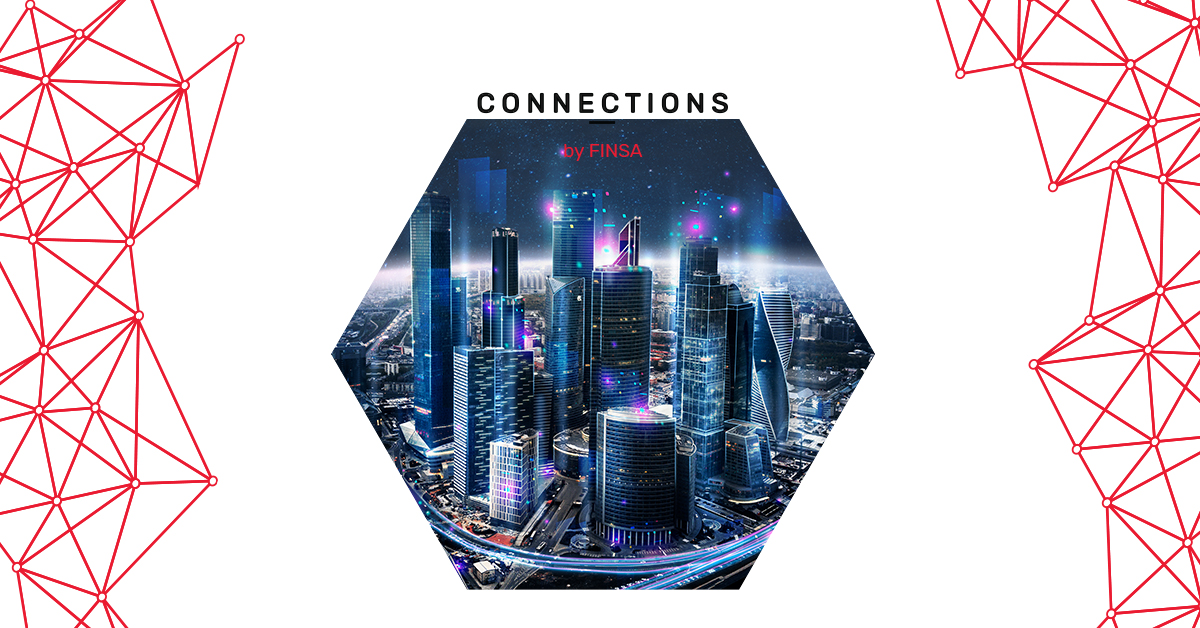The architecture and construction sectors are in the midst of a revolution founded on three key concepts: industrialization, digitalization, and sustainability. A few projects are already leading the way for the changes that, when they come, will be here to stay.

What is industrialized construction?
Industrialized construction means building using industrialized components. An industrialized project doesn’t start out as a prefab home, and this usually causes a lot of confusion. Industrialization can be approached in two ways:
- 2D Industrialization: the project, which includes industrialized elements such as the structure, the façade, and interior finishes, is planned in 2D. Everything is then assembled on site. Though a traditional model of construction would require all parties involved in design and construction to work in the same physical space, 2D industrialization does not, making it more efficient and cost effective.
- 3D Industrialization: a revolutionary approach in which each industrialized component is created in a factory and then taken to an assembly line which creates industrialized 3D modules. This means that 3D boxes already include all the necessary 2D components completely assembled. Finally, each module is taken to the construction site where they are ‘stacked’ on top of each other.
This is why we have some prefab homes that fit the 2D industrialization model and others that fit the 3D model. Which category they belong to depends on when exactly the industrialized modules are produced along the supply chain. While there are already some 3D module assemblers, one of the biggest challenges at the moment is joining the links in the chain i.e., connecting manufacturers, assemblers, and planners. How can this be achieved? Well, this is where the second part of the equation makes its entrance: digitalization.
Digitalization in construction: joining the links in the chain
The construction sector needs to take its inspiration from the automobile world, where digitalization is helping to create cars that are more and more innovative and autonomous.
Digital Building Information Model (BIM) files allow architects to work on a model virtually and insert digitalized components. The virtual model retains this information, which is then used to carry out the project and maintain the building following its construction. Using a digital twin of the project, which contains all the necessary information about the structure, makes building maintenance simpler, faster, and cheaper.
Digitalization ideally includes a digital area within the project for telecommunications, IT, or big data. This allows for the digital project to be integrated and makes it possible to have interconnected supply chain.

What is the role of materials in industrialized construction?
Sustainability, or the third aspect of the future of construction, relies heavily on the hybridization of materials. This means knowing the advantages of each product and combinations of products by taking into account their technical and mechanical characteristics. The advantages of some structures are already well-understood, including those made from timber and steel, metal and CLT, and concrete and timber.
Optimising the use of each material is also important. Circularity is a must, especially because construction is responsible for 30% of global CO2 emissions. The key is being able to take apart and then assemble components at another site, meaning that reusability must be built into the design of the materials themselves by their manufacturers.
This new approach also brings with it the co-development of products. This requires collaborative innovation and strengthens the interconnectivity of the whole supply chain. Manufacturers will look at very specific projects, such as façade systems and urban furniture and, once a need has been identified, a diverse team will be created, with the inclusion of each member depending on the value that they bring to the project. In this way, they will bring about the solution that was demanded by the market.
What are some of the challenges facing industrialized construction?
All that collaboration and hybridization requires teams made up of various disciplines that need to get up to speed with what’s going on. Dual Professional Training is one place to start, and assemblers and component manufacturers have been identified as professions of the future.
This new workforce will work closely with materials and their systems, combining knowledge about systems and products with the ability to use and assemble them. Robotization will see women occupy more technical jobs that don’t require great physical strength.
Finally, public and private sectors must work together. At an institutional level, industrialized construction must be prioritised so that these systems can be developed. Private product design companies will have to include students in their training, as the value chain needs to be connected from top to bottom. Industrial design schools, product design schools…all of them need to coordinate and work in a transverse way.
Are you already applying industrialized construction your projects? Tell us about it on social media using #ConnectionsByFinsa.




